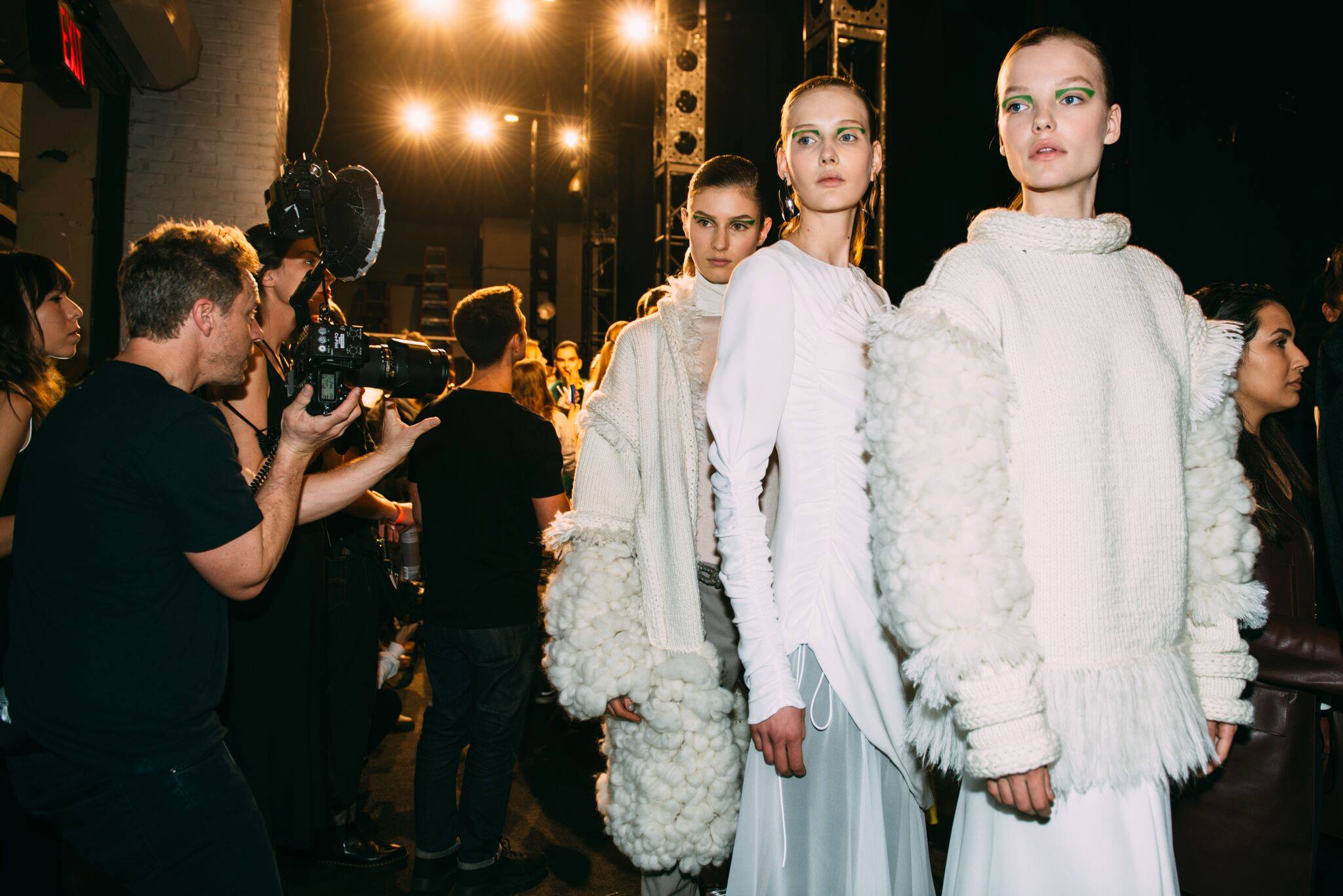As a makeup artist, determining your rates is not just about picking a number or what others are charging; it's a strategic process that reflects your skill, experience, and the value you bring to your clients. Here are a few essential components of setting your rates, taking into account your experience, social media presence, location, field of specialization, as well as the critical considerations of travel, products, time and labor.
Your Locations
Geographic location plays a pivotal role in determining your rates. Please refrain from solely relying on social media and asking people from all over the world how much they charge, thinking you can just adopt those rates. Firstly, it's crucial to conduct research on the average rates in your specific area, taking into account the local cost of living. If you are located in NYC or California, naturally, your rates will be higher than in smaller towns. However, if you are an established artist, your approach might differ; you can set a standard rate applicable to any location, leaving it to the client to decide if it aligns with their budget.
Your Experiences:
In the initial two years of my career as a Makeup Artist, I undertook numerous unpaid jobs to gain experience, initially thinking $50-$80 was a substantial amount until the reality hit that it posed challenges in covering essential expenses like rent, food, and basic needs. Your level of expertise plays a pivotal role in determining your rates. Reflect on the years dedicated to improving your craft, the training you've invested in, and the skills acquired through continuous learning. For those just starting, it's acceptable to charge lower rates, ensuring it covers your supplies. As you evolve as an artist, your rates should gradually adjust. Established artists with experience can command higher rates, mirroring the true value of their expertise.
Your Social Presences:
In 2024, simply doing makeup alone is no longer sufficient. Whether you agree or disagree, the reality of the current time emphasizes the importance of growing your social media presence. In this age of digital influence, your standing on social media can profoundly affect your market value. A larger following, increased engagement, and a robust online presence can make a substantial impact on your professional reach. This element can empower you to set higher rates even if you operate in a smaller town, showcasing the influence of a strong online presence in shaping your market value.
Your Makeup Niche
Within the makeup industry, various fields, including fashion, bridal, union, theater, salon, and more, they all have different elements to determine each rates. It’s crucial to research and educate yourself across these diverse fields to establish a foundational understanding of their differences. By deciding the direction in which you want to grow, you can effectively determine the rates you should charge, considering the unique demands of each field and what elements should be accounted for within your rates. This strategic approach ensures that your pricing aligns with the specific requirements of your chosen makeup path.
Your Expenses
When establishing your rates as a makeup artist, it's vital to recognize that you're not solely charging for the makeup service itself. Consider the time invested in preparation, travel, and the costs associated with quality products, and factor these into your rates. Just because you can complete a full makeup application in 45 minutes, charging $50-$80 doesn't equate to keeping 100% of that fee. Numerous factors need to be considered. Your rates should reflect not only your artistic skill but also the time and effort invested in delivering exceptional results. It's crucial to dedicate time to educate yourself and devise a realistic pricing strategy that not only supports your career but aligns with your chosen lifestyle.
A Formula for intermediate Artists
I've developed a simple formula that has provided me with guidance when determining rates. For example, if I charge $100 for an on-location makeup service, and the entire process – including preparation, travel, setup, service, and cleanup – takes 3 hours, the calculated hourly rate is $33. This makes it easier to adjust the hourly rate as I grow as an artist, using the formula as a guide (bearing in mind that it doesn't include the cost of products used on the job, making the actual hourly rate even lower).
To illustrate, if I charge $33/hr, someone wanting to book me for 4 hours would result in a half-day rate of $130, and 10 hours would lead to a full-day rate of $330. This prompts me to evaluate if the hourly rate works for me and make adjustments accordingly.
Extending this formula to rates like $100/hr, $120/hr, and $150/hr allows for flexibility. While this is not a definitive system, it serves as a general guide to jumpstart your thinking if you're unsure where to begin. People may have differing opinions on this, but this approach has proven effective for me, and I'm sharing it with you. Ultimately, clients will decide whether to book you based on your rates, experience, and social presence.
In conclusion, setting your rates is a multi-faceted process that involves careful consideration of your experience, online presence, location, specialization, travel, product costs, and the value of your time and labor. By evaluating each aspect, you can confidently establish rates that not only reflect your worth but also ensure a sustainable and successful makeup artistry career.
It takes a lot of time to keep this blog active. If you find this read helpful and would like to donate a coffee Venmo @vanktr | Zelle vanktr@gmail.com
